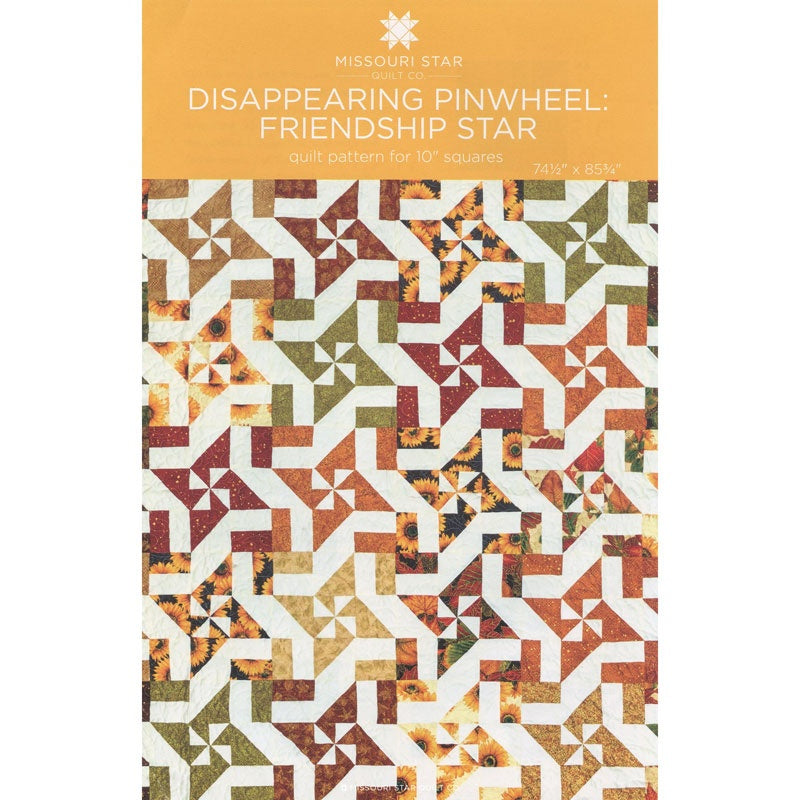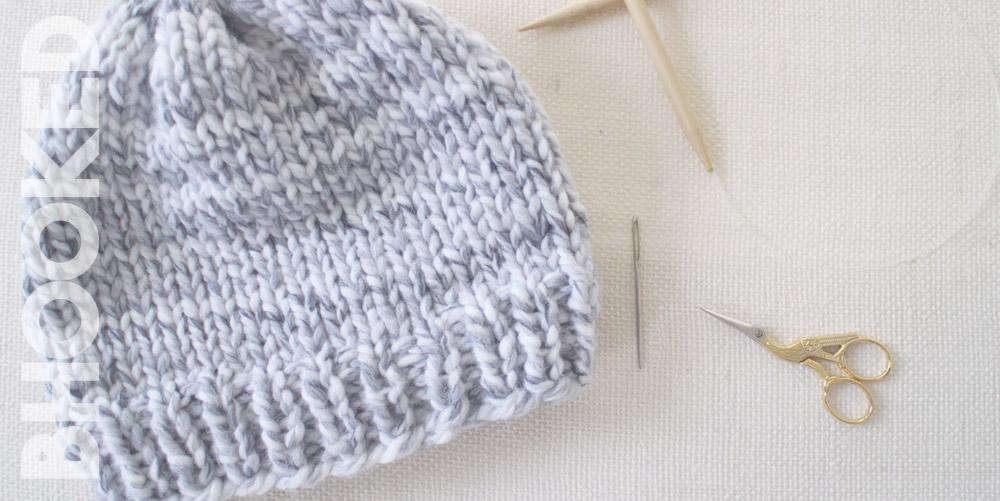
If you are looking for the perfect pattern for your next knitting project, you might have heard of the term "M1R." M1R stands for "making it right". A m1r decrease in knitting is when one needle is leaning to the right and the left needle is being inserted under a horizontal line. The finished project should have a long horizontal limb in the front, and a shorter diagonal limb in the back.
Make 1 Right
A Making 1 Right is a right-leaning single rise in knitting. This technique allows you to make an increase that tilts to the right. The left needle holds a bar that connects the previous and next stitches on the right needle to create the increase. It then pulls the new stitch through the front loop.

Using the M1R method is a good way to increase without leaving a large hole. It is particularly useful when performing directional or paired increase. This technique is protected by copyright. Text in this article may contain sponsored or affiliate links.
Abbreviations
Many knitting patterns include abbreviations that make it easier to understand. A five-page knitting guide can fit on one sheet of paper thanks to the abbreviations. This shorthand terminology makes complex patterns simple to understand. These are just a few examples of knitting abbreviations.
BO: This is abbreviation for "bind on". This is a common technique to prevent unravelling and secure the last row. You will need to knit the first two stitches from your left needle and then insert them into the first stitch of the right needle.
Techniques
In knitting, a make 1 (M1R) stitch increases the stitch count by one. This stitch can be used to create different looks. There are many variations. Based on the instructions, you should pick the one that appeals to you. Typically, you will see an M1R increase along with an M1L increase in a pattern, but sometimes you will find the stitch on its own.

To create a M1R increase, place the left needle under the bar between two stitches. Then, with the right hand needle, knit into the back loop of the stitch. The left needle will have completed knitting the bar through both the back and front loops. The left needle will create a new stitch.
FAQ
What is the cost of a hobby?
Time is all that's required to make a hobby a success. If you're serious about it, however, it may take you many years to reach your goals.
However, there is something that can help. It's called "passion". If you have passion about something, it will make it easier for you to work hard.
It is possible to become addicted once you begin putting in the work. And this is where the real fun begins! Because you now enjoy what you do and are improving your skills every day. So by the end of the year, you will probably have made quite an improvement.
Don't fret about how long this takes. Give it a shot. You might be surprised by what you find!
What are competitive hobbies, you ask?
Running, swimming, cycling and tennis are all competitive sports.
They're a great way to get social interaction and are enjoyed by those who love physical activity.
If you have a hobby that involves physical activity, then you'll probably find that there are other people around who share this interest.
This could include joining a club/group that allows you to play sports together regularly.
You may also want to play in a team game, where you are playing with others.
These include soccer (soccer), rugby, netball and hockey.
There are many different types of competition.
Some competitions are organized for purely recreational purposes.
Others are designed to test the skill of competitors.
And still, others are designed to reward outstanding performance.
The winners are awarded prizes in these cases.
Other competitions are intended to test strength and stamina.
These are called endurance events.
For example, marathon races, triathlons, Ironman Triathlon, etc.
Athletes train hard before they compete in these events.
They will be required to follow a rigorous training program in order to prepare mentally and physically.
They might also need to be away from their homes during preparation.
It is important to remember, not all athletes will compete in every type and event.
Where can I get free resources to learn more?
There are many websites dedicated to helping people discover new hobbies.
Here are some of our favorite:
www.trythisathome.com - This site provides a list of over 100 different hobbies. It also provides information on how to get started in each one.
www.hobbyfinders.org offers a huge database with thousands of activities. You can search for your interests, skills, location, and many other criteria.
www.indiebazaar.co.uk - IndieBazaar is an online marketplace designed specifically for independent artists and musicians. You will find hundreds of products that range from artwork to music gear on the site.
www.pinterest.com/explore/hobbies - Pinterest is a social media network that lets users "pin" images they find interesting onto their boards. Users can create boards to group things that they like into certain categories.
www.reddit.com/r/Hobbies Reddit is another social networking platform that allows users to link to articles, videos or other content. Voting is available for users to choose the most valuable posts.
Is it possible for a hobby to make you rich?
Not necessarily.
If you are interested in starting a business that is based on your hobby you can be a millionaire.
Let's assume you like cooking. You love healthy food, so it was a natural decision to open your own restaurant.
Customers are charged a small fee for organic food made from scratch.
As you build your clientele, you eventually hire employees to help you.
Soon, your menu will include gluten-free and vegan options as well as desserts.
You've now created a profitable business that allows you to live the life you desire.
Of course, this doesn't mean you must give up your day job.
You could instead run your own restaurant and still hold your 9-5 job.
What are some good hobbies?
The best hobbies are those that you enjoy doing for yourself. If you enjoy what you do, it will be much easier to keep going. If you don't feel well or tired, you will always have an excuse!
There are many hobbies that we all enjoy: gardening, painting and crafts; photography; cooking; sports and games; reading music and film-making; collecting; cycling, walking, dancing and writing; playing instruments and other musical instruments.
You might also consider volunteering at a local charity shop or animal shelter, children’s hospital, hospice, elderly home, school, community centre, church, and other places.
Let's say you are looking for something more exciting. You might consider scuba diving or skydiving.
If you want to go further afield, there are plenty of unique ways to spend time in nature. These include caving.
What are observation hobbies?
Observation hobbies involve watching people do the things they love. This could be watching sports, reading books or going on holiday. It could also involve observing others.
Observation hobbies are great because they help you learn how to think creatively. You can apply this knowledge later on when you work with others.
You will discover that learning is easier when you are interested.
For example, if you want to know more about football, you may watch a game or read a book about it. If you want to learn more about photography, you could take or visit exhibitions.
You could also buy a guitar or play along online to music if you are a musician.
You can cook your own meals, or you could go to a restaurant.
If you love gardening, you might grow vegetables or flowers.
You could take a class or go out dancing with your friends if you enjoy dancing.
You can paint pictures if your passion is painting.
If you like writing, you could write stories or poems.
You might enjoy drawing pictures, if you are a good artist.
You could work as a caretaker or keeper at a zoo if you are passionate about animals.
If science interests you, you can study biology, chemistry or physics.
History lovers can watch films, read books or listen to podcasts.
If you like traveling, you could travel abroad or explore your local area.
Statistics
- The intensity of the dialogue partners' bond at the end of the forty-five-minute vulnerability interaction was rated as closer than the closest relationship in the lives of 30 percent of similar students. (time.com)
- 37% Video Games 36% Travel 36% Health and Fitness (quizexpo.com)
- I am 100% biologically a woman (discover.hubpages.com)
- In comparison, men in the “no humor” condition were refused 84.6% of the time and were only accepted 15.4% of the time. (time.com)
- Much of this decline reflects the fact that teens are less likely to work today than in the past; among employed teens, the amount of time spent working is not much different now than it was around 2005. (pewresearch.org)
External Links
How To
How do you start woodworking?
Woodworking is possible in many ways. You can work by hand, power, or both. Most common tools include routers, saws, drills and sanders.
Once you decide what kind of project you want to build, you should choose the right tool for the job. For example, if you plan to make a piece of furniture, you might consider buying a table saw, drill press, router, jigsaw, band saw, etc. A circular saw, miter saw, band saw, router, jigsaw and hammer are all you will need to make a cabinet or picture frame.
If you don't know which tool you would prefer to use, you can always ask your local home improvement store for advice. You can also search online for information about this hobby. They usually offer tips on how to buy the best tools for the job.